Unification of Germany
Major feature of 19th century Europe was struggle for national unification and independence. Greece (Ottoman) & Belgium (Netherlands) became independent in this century & Germany and Italy rose as united independent states.
- In 18th century, Germany was divided into many states.
- The Napoleonic wars ended the artificial boundaries of many states and united them, but still 38 states remained. Prussia was the biggest and the most powerful of them.
- The social conditions were similar to those witnessed in any Feudal society. In Germany, the landlords were called Junkers, who dominated the affairs of the state.
After the French revolution, the German people started demanding democratic form of government and economic reforms. The wave of nationalism enthused the Germans for unification of these states. All these undercurrents resulted in formation of the German Confederation in 1815.
Confederation included parts of Austrian & Prussian Empire and some German states, but large parts of Prussia and Austria were not included in the Confederation. Confederation’s purpose was to coordinate economic policies of the constituent members. But it failed because of following:
- Each of the constituent state tried to assert its independence and did little to meet the anti-feudal aspirations of the people.
- The 1848 revolts for establishment of a democracy in a unified Germany.
- Rivalry between Austria and Prussia for dominating the affairs of the German Confederation
1848 was a year of revolts in most of Europe for establishment of democracy. These revolts were led by workers. In 1848, revolts started in all German states for overthrow of the present political system of Monarchy rule and the rulers were forced to grant a democratic form of government. The Constituent Assembly thus formed, met in Frankfurt with the goals to unite all the German States and to draft a new constitution.
The Prussian King refused to the proposal of a constitutional monarchy for united Germany. In the meantime, the rulers bounced back and started the repression of the nationalists. Consequently, the rights granted so far to appease the nationalists were withdrawn and the monarchy of Prussia emerged the strongest.
Unification under Bismarck: Policy of Blood & Iron
The unification of Germany was still to happen but not under a democratic government but under the iron hand of Bismarck, military commander of Prussia. His policy was to preserve the interests of aristocracy and the domination of Army in affairs of the State.
Bismarck followed the policy of Blood and Iron under which he coerced the states into unison. Aim of the policy was to unite Germany under the Prussian Monarchy and this required bringing down the German Confederation.
Bismarck’s Prussia first fought a war in 1864 in alliance with Austria against Denmark to annex most of the territory of German Confederation. Then he allied with Italy in 1866 to defeat Austria & removed it from the German Confederation. Consequently, the Confederation itself was ended.
In 1867, Bismarck formed the North German Confederation. It united 22 German states but excluded the Southern German states, which made the Prussian King the hereditary head of the state.
In 1870 French monarchy was tattering & conditions were ripe for another revolution for establishment of a democratic republic. The French King Louis Bonaparte declared war on Germany in 1870. He wanted to use a war victory to divert attention of the public and to use the consequent war gains to lend credibility to his regime. The result was that France was defeated and it declared itself republic in 1871.
The war and the consequent German victory allowed Bismarck to absorb rest of the German states into a united Germany. Hence, Franco-Prussian war of 1870 led to final unification of Germany.
For more updates, explore the Ancient India History. Feel free to share your thoughts and comments.
If you’re passionate about building a successful blogging website, check out this helpful guide at Coding Tag – How to Start a Successful Blog. It offers practical steps and expert tips to kickstart your blogging journey!
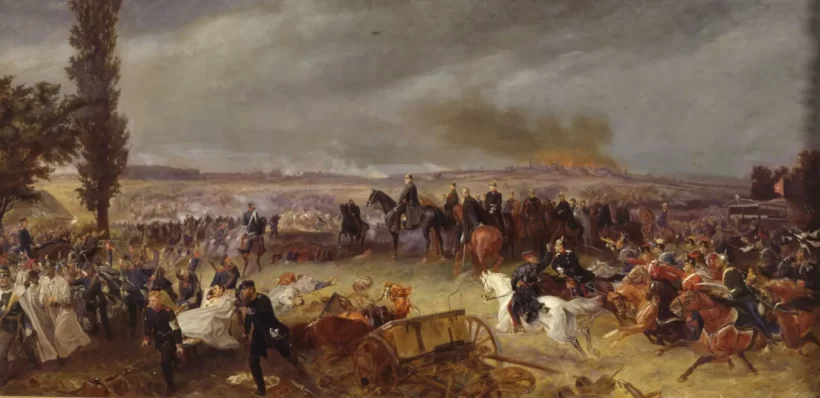

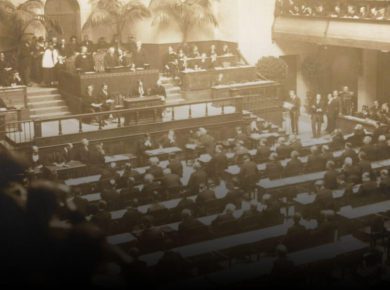

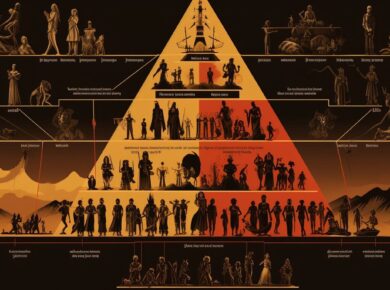
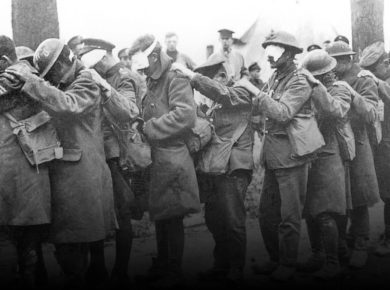
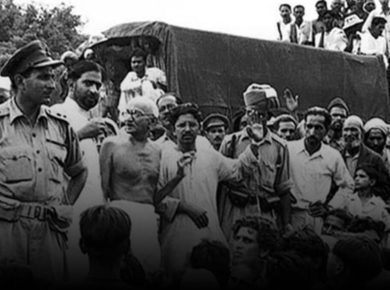
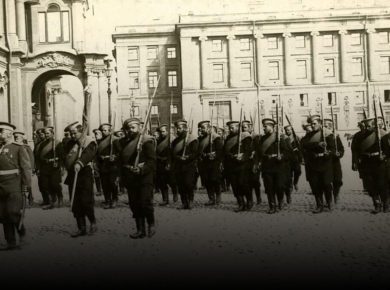
2 comments
thankyou very much to share the knowledge.
please tell me, how to download this?